Chengdu J-10
Nato name "Firebird"
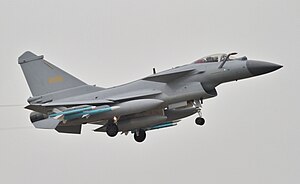 |
|
| A J-10B carrying PL-8 and PL-12 air-to-air missiles | |
| Role | Multirole combat aircraft |
|---|---|
| National origin | China |
| Manufacturer | Chengdu Aircraft Industry Group |
| Design group | Chengdu Aircraft Design Institute |
| First flight | 23 March 1998 |
| Introduction | 2005 |
| Status | In service |
| Primary users | People's Liberation Army Air Force People's Liberation Army Naval Air Force Pakistan Air Force |
| Produced | 2002 – present |
| Number built | 602+ as of 2022 |
|
|
|---|
.
History Chengdu Aerospace CAC
Chengdu J-10 Vigorous Dragon NATO reporting name: Firebird

The Chengdu J-10 Vigorous Dragon (Chinese: 歼-10 猛龙; pinyin: Jiān-10 Měnglóng; NATO reporting name: Firebird), is a medium-weight, single-engine, multirole combat aircraft capable of all-weather operations, configured with a delta wing and canard design, with fly-by-wire flight controls, and produced by the Chengdu Aircraft Corporation (CAC) for the People's Liberation Army Air Force (PLAAF), Pakistan Air Force (PAF) and People's Liberation Army Naval Air Force (PLANAF). The J-10 is mainly designed for air-to-air combat, but can also perform strike missions.
-
Operational history
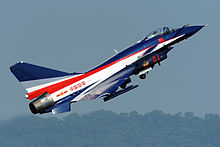
PLAAF J-10AY of the August 1st aerobatics team Development
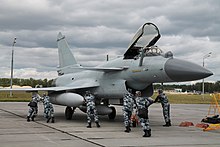
PLAAF ground crew preparing a J-10B for the Aviadarts-2021 international competition In 1981, PLAAF Commander Zhang Tingfa submitted a proposal to Deng Xiaoping for the development of a third-generation fighter for CN¥ 500 million; it was accepted later that year by the Central Military Commission (CMC). It was the first Chinese aircraft program to incorporate modern development and acquisition processes. In one departure from the past, the supplier was now responsible directly to the customer; this allowed the PLAAF to communicate its requirements and ensure they were met; previously suppliers were responsible to their managing agency, which could produce products that failed to meet end user requirements. Another difference was the selection of a design through competition, rather than allocating a project to an institute and using whatever design that institute created
0
KmCeiling
0
KmMAX RANGE
0
machAircraft Speed
0
Max Crew
Photo Gallery
Chengdu Aerospace CAC
Chengdu J-10 Vigorous Dragon NATO reporting name: Firebird


Chengdu Aerospace CAC Chengdu J-10 Vigorous Dragon NATO reporting name: Firebird
General characteristics
- Crew: 1
- Length: 14.884 m (48 ft 10 in) (Overall)
- Wingspan: 8.32 m (27 ft 4 in)
- Height: 4.11 m (13 ft 6 in)
- Wing area: 24.88 m2 (267.8 sq ft)
-
Powerplant
- Empty weight: 5,292 kg (11,667 lb)
- Gross weight: 7,540 kg (16,623 lb) with 2x PL-2 or PL-7 air-to-air missiles
- Max takeoff weight: 9,100 kg
- Powerplant: 1 × Liyang Wopen-13F afterburning turbojet, 44.1 kN (9,900 lbf) thrust dry, 64.7 kN (14,500 lbf) with afterburner
Specifications
- Maximum speed: 2,200 km/h
- Maximum speed: Mach 2
- Stall speed: 210 km/h
- Combat range: 850 km
- Ferry range: 2,200 km
- Service ceiling: 17,500 m
Armament
-
-
- Guns: 2× 30 mm Type 30-1 cannon, 60 rounds per gun
- Hardpoints: 5 total. 4 × under-wing (up to 500 kg (1,100 lb) each), 1 × centerline under-fuselage 2,000 kg (4,400 lb) maximum.
-
-
-
-
Links to Youtube & Others
In the 1950s and early 1960s, the Soviet Union shared a large proportion of its conventional weapons technology with its neighbor, the People's Republic of China. One such example is the MiG-19, which was locally produced by China as the Shenyang J-6 from as early as 1958.
Chengdu Aerospace
J-7, "Fishcan"
In 2013, production of the J-7 was terminated after the delivery of 16 F-7BGI to the Bangladesh Air Force.
Youtube Link
To date, large numbers of J-7s remain in service with multiple export customers, with PLAAF retiring the fleet in 2023.
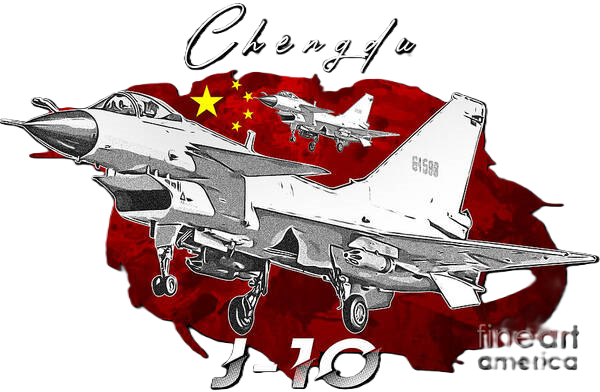


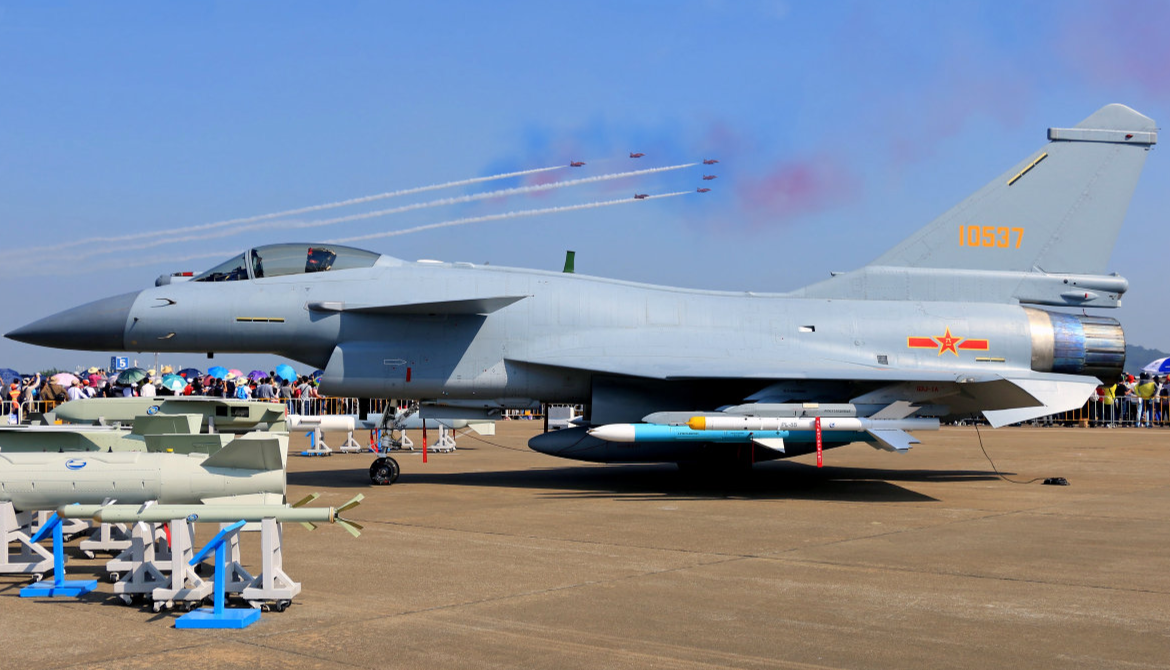
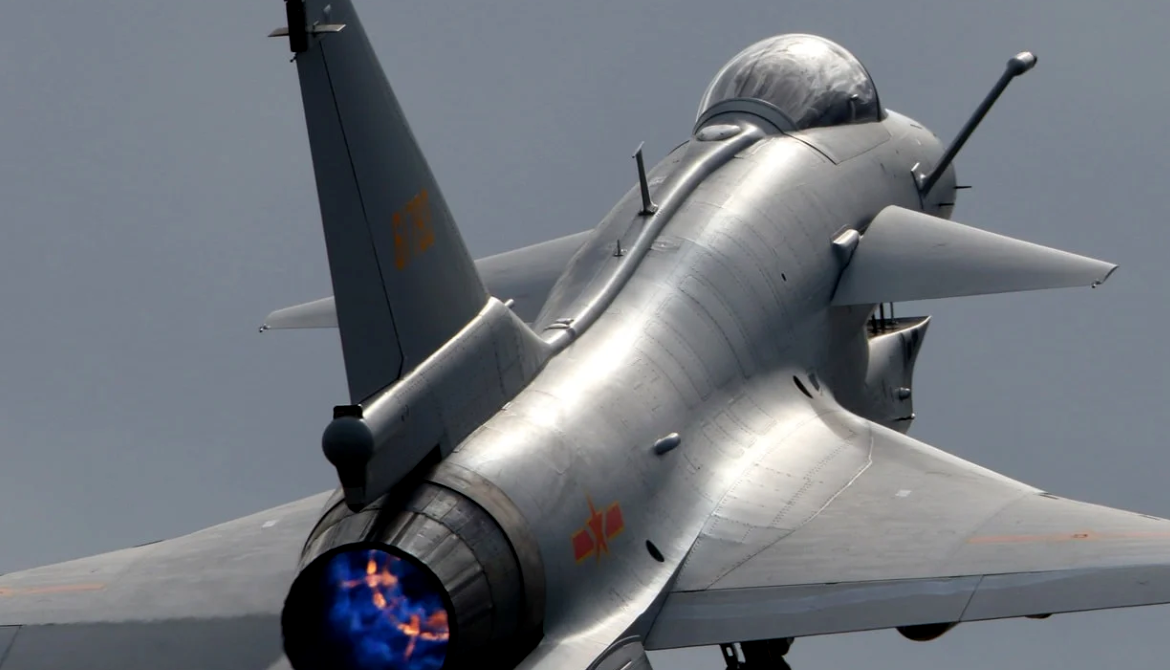
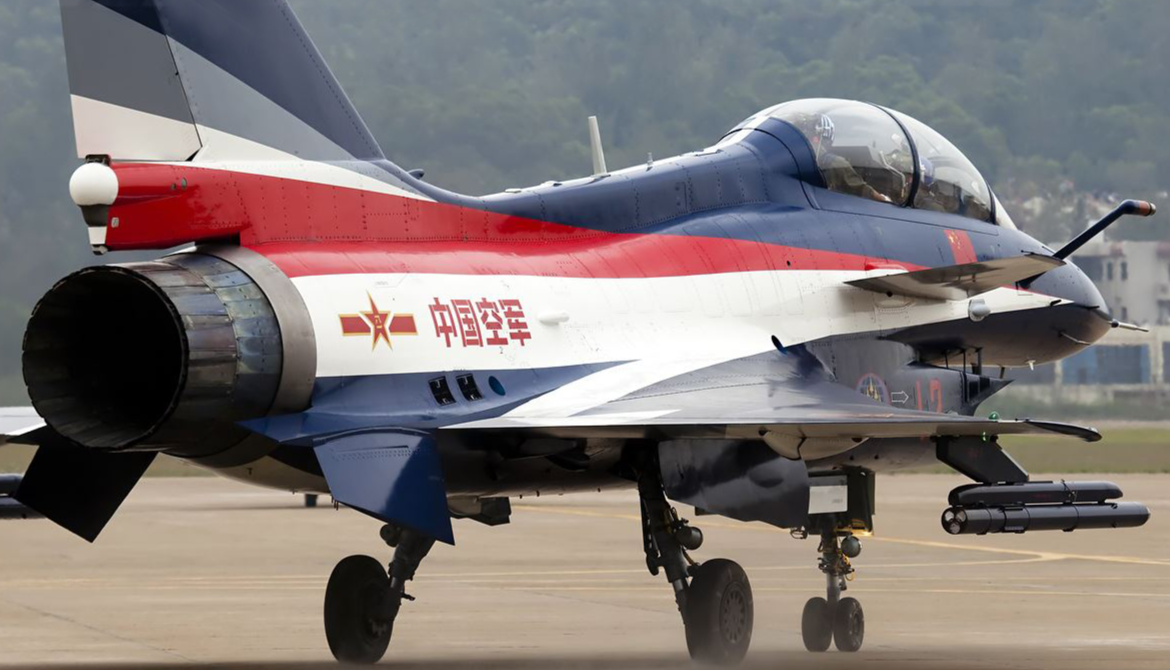
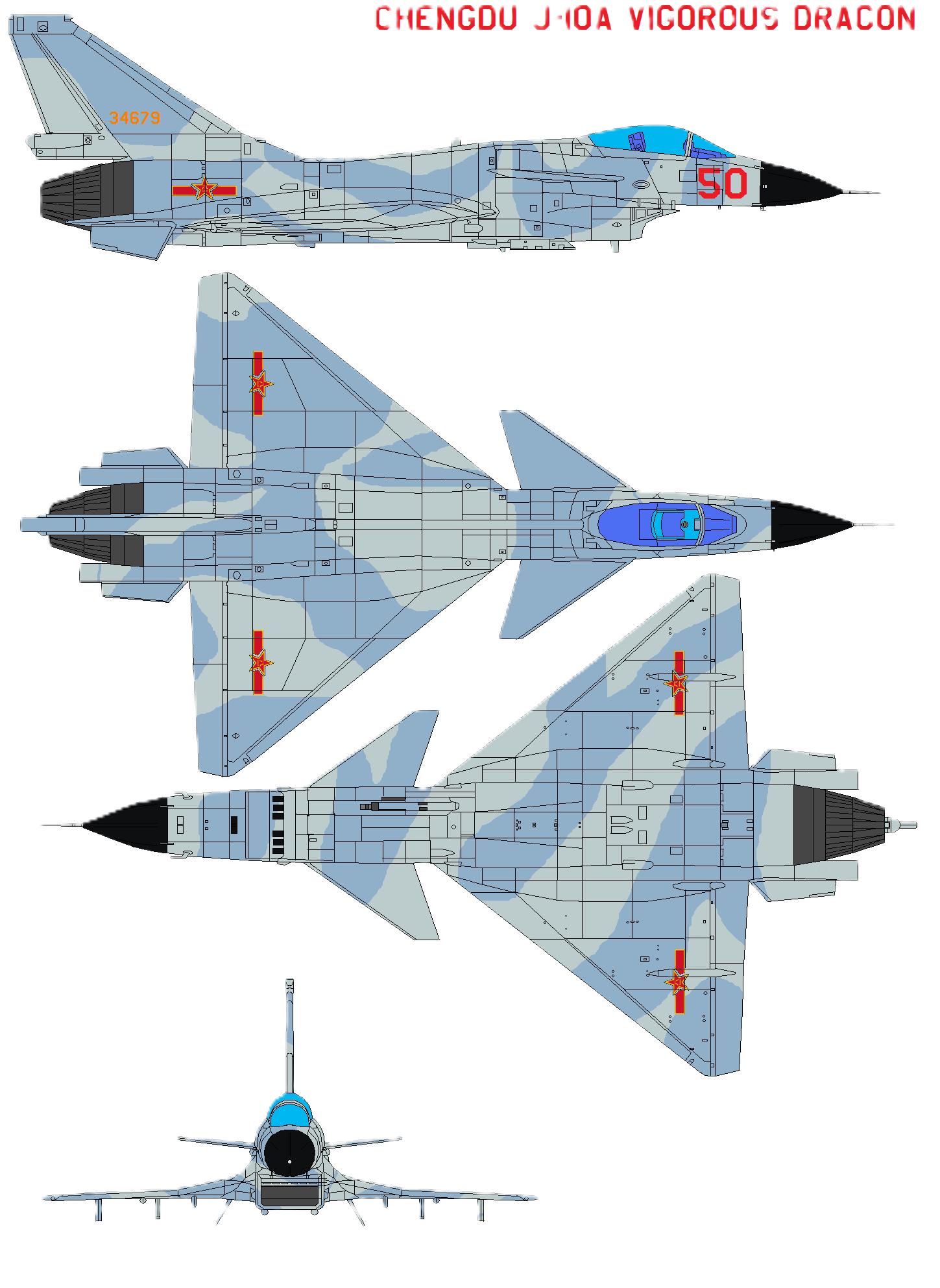
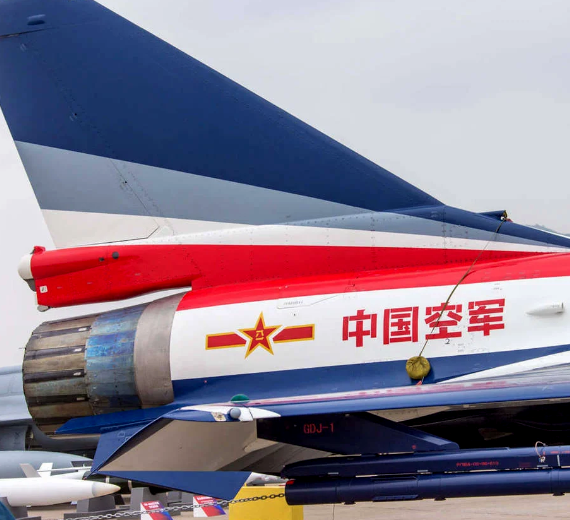
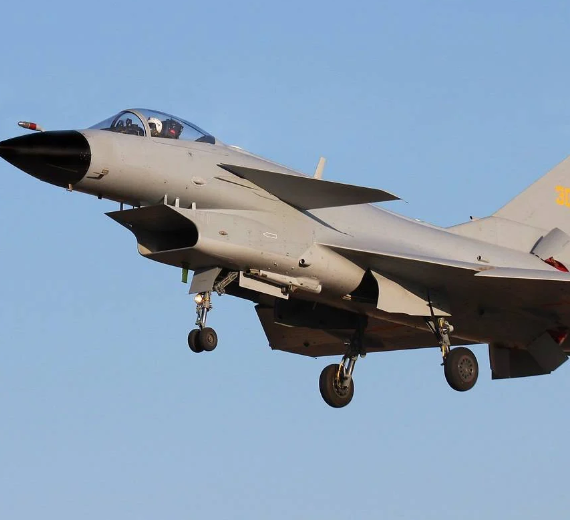

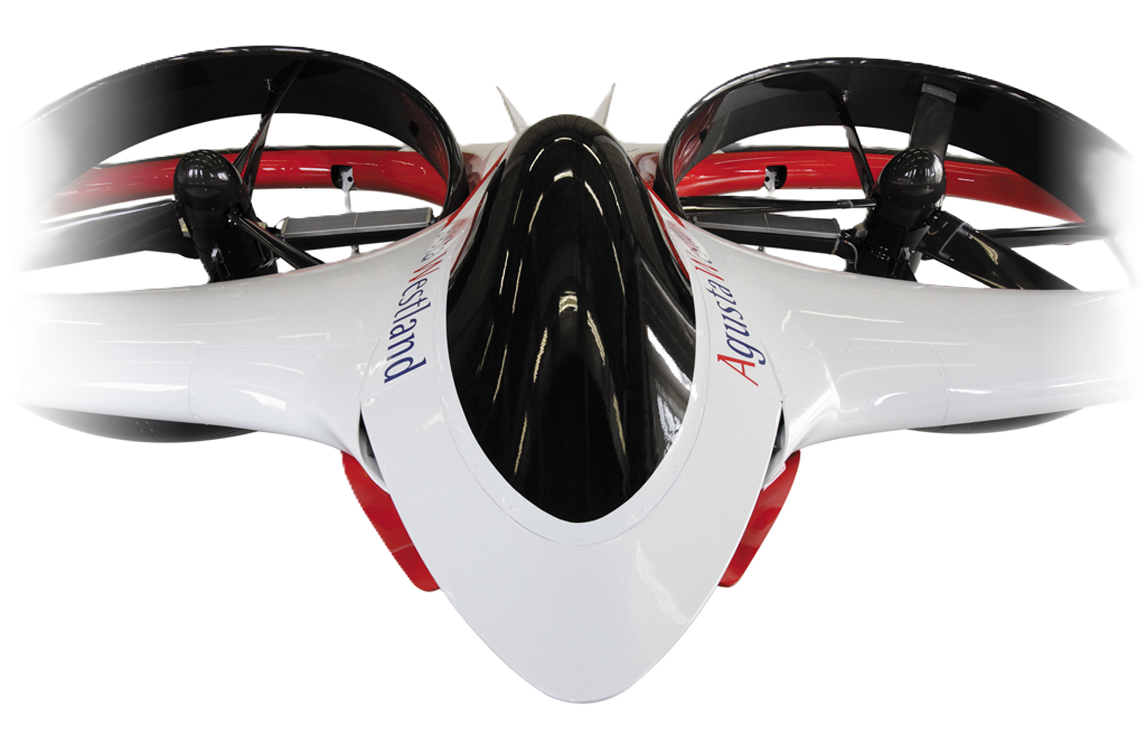
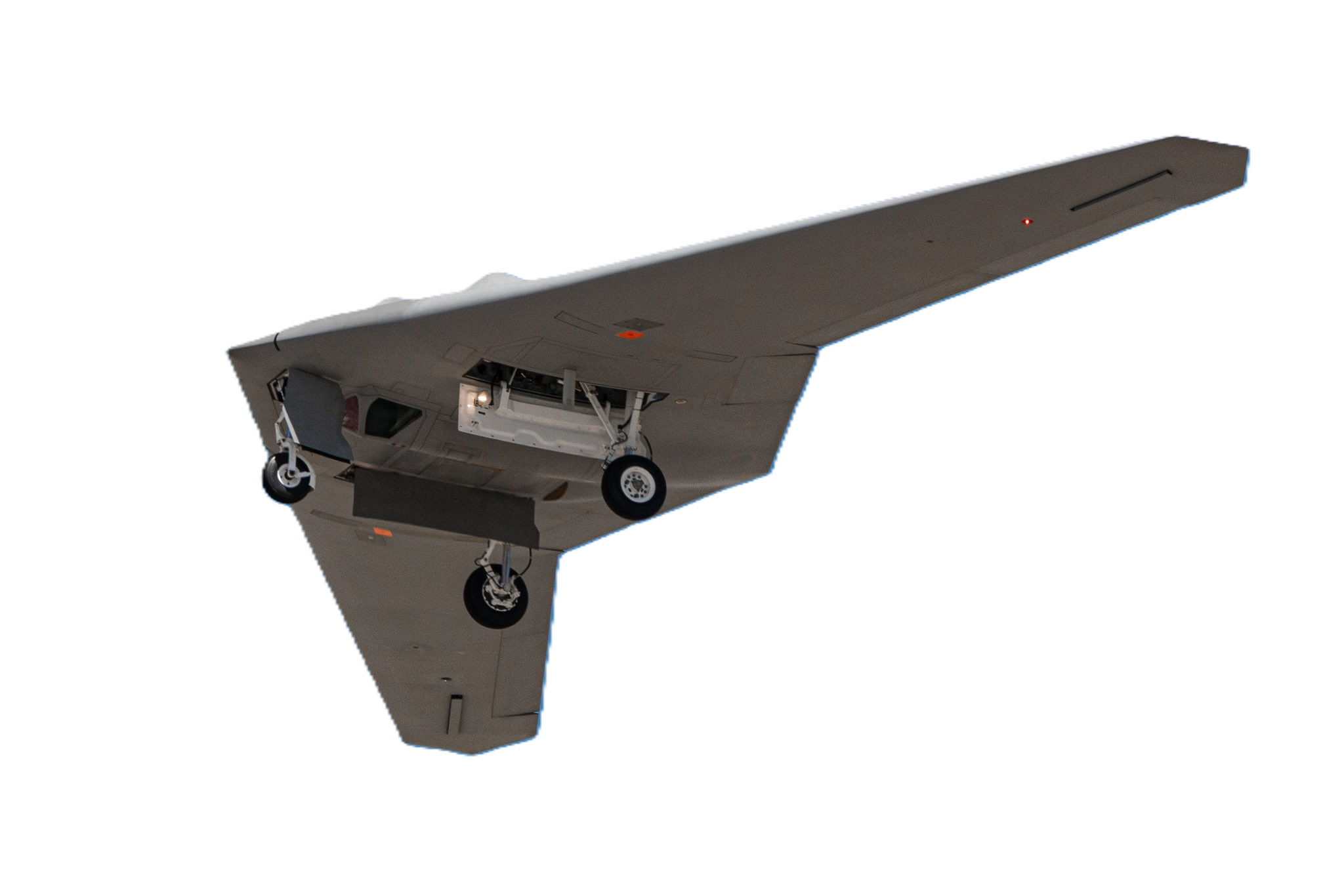
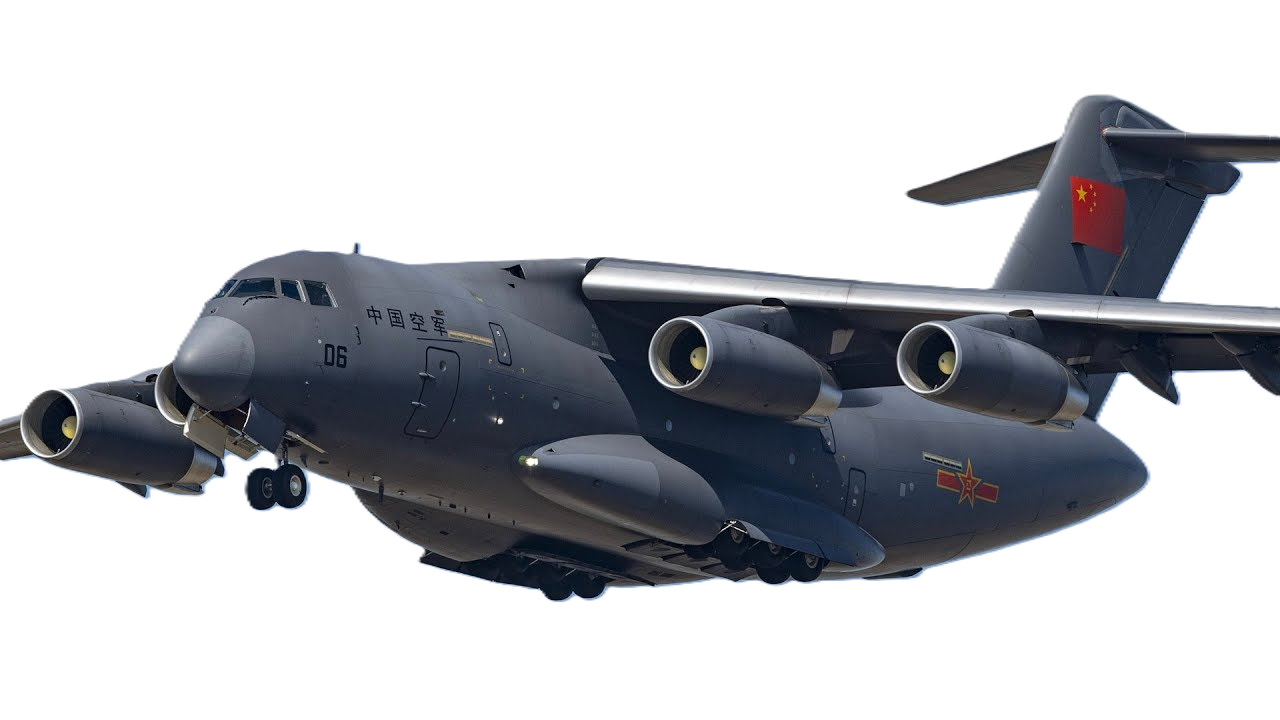
.png)